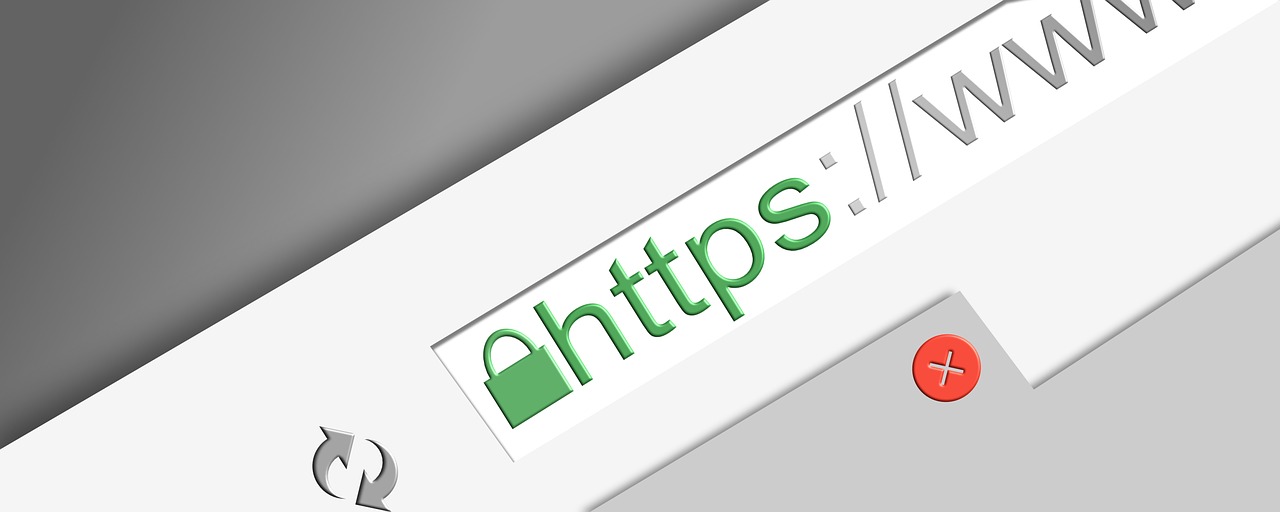As recently confirmed in an article on the Chromium Blog, starting with Chrome version 90, the URL bar of the world’s most widely used web browser will use “https://” by default when typing and submitting addresses.
With this new feature, Google further emphasizes its commitment to promoting browsing over secure HTTPS connections and penalizing web pages that still rely solely on HTTP, considered unreliable for privacy.
How “https://” by Default Works
This default setting was introduced because users usually do not type “https://” or “http://” when entering URLs. In most cases, they simply enter the domain name and extension, leaving the browser to complete the request.
Previously, this was automatically completed with “http://”; now it will be replaced with “https://”.
Benefits for Browsing
Beyond privacy advantages from direct access to encrypted connections, this change should speed up website loading over HTTPS, as there will often be no HTTP-to-HTTPS redirect; the connection will go directly to the HTTPS endpoint.
If a website does not yet support HTTPS, Chrome will attempt an HTTP connection after detecting the HTTPS failure. This also applies if there are SSL certificate errors, DNS resolution issues, or if the certificate is deemed unreliable.
If your website does not yet have a security certificate, contact us to learn how to get one!
Don’t wait—switch to HTTPS or transfer your site to WEBPLAN, and we will make it secure at affordable prices.











